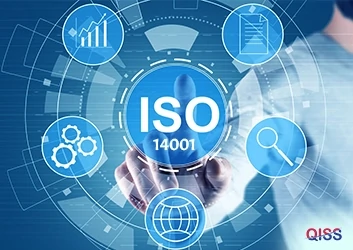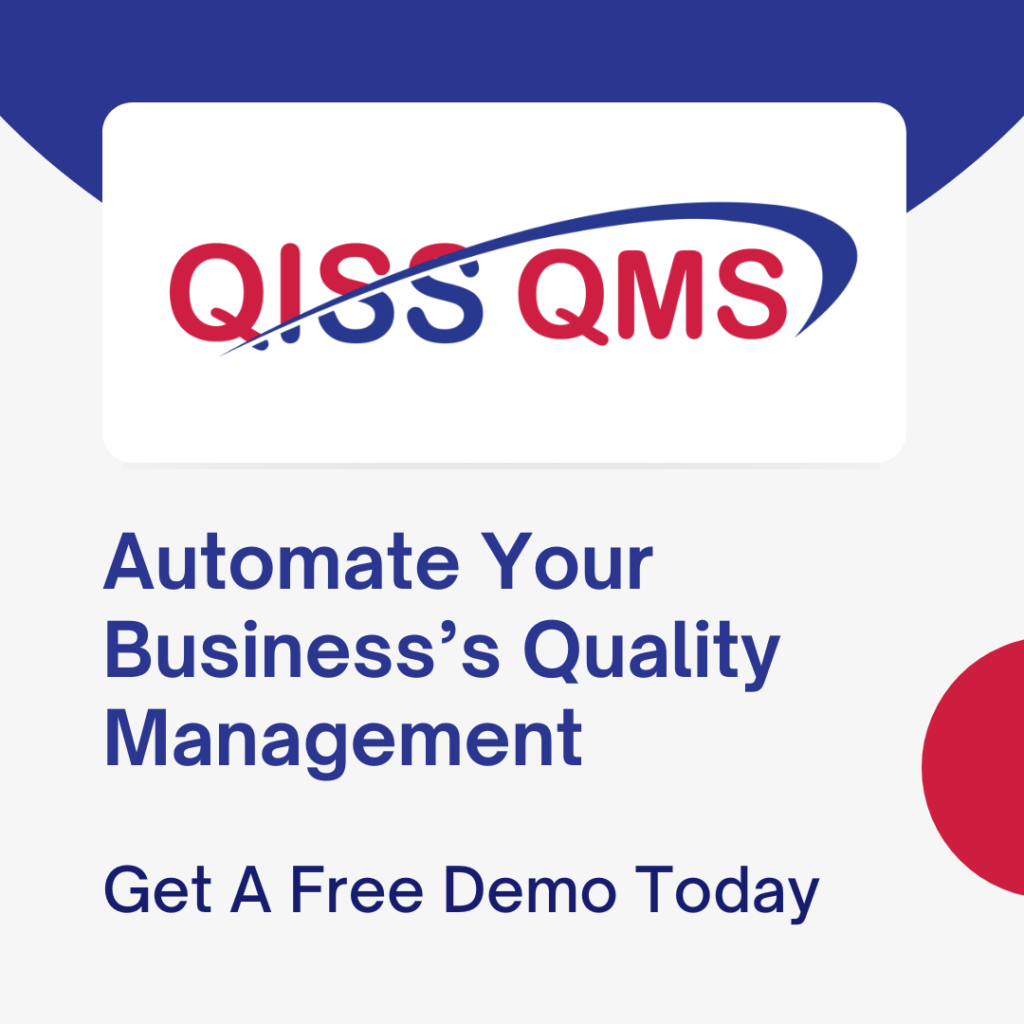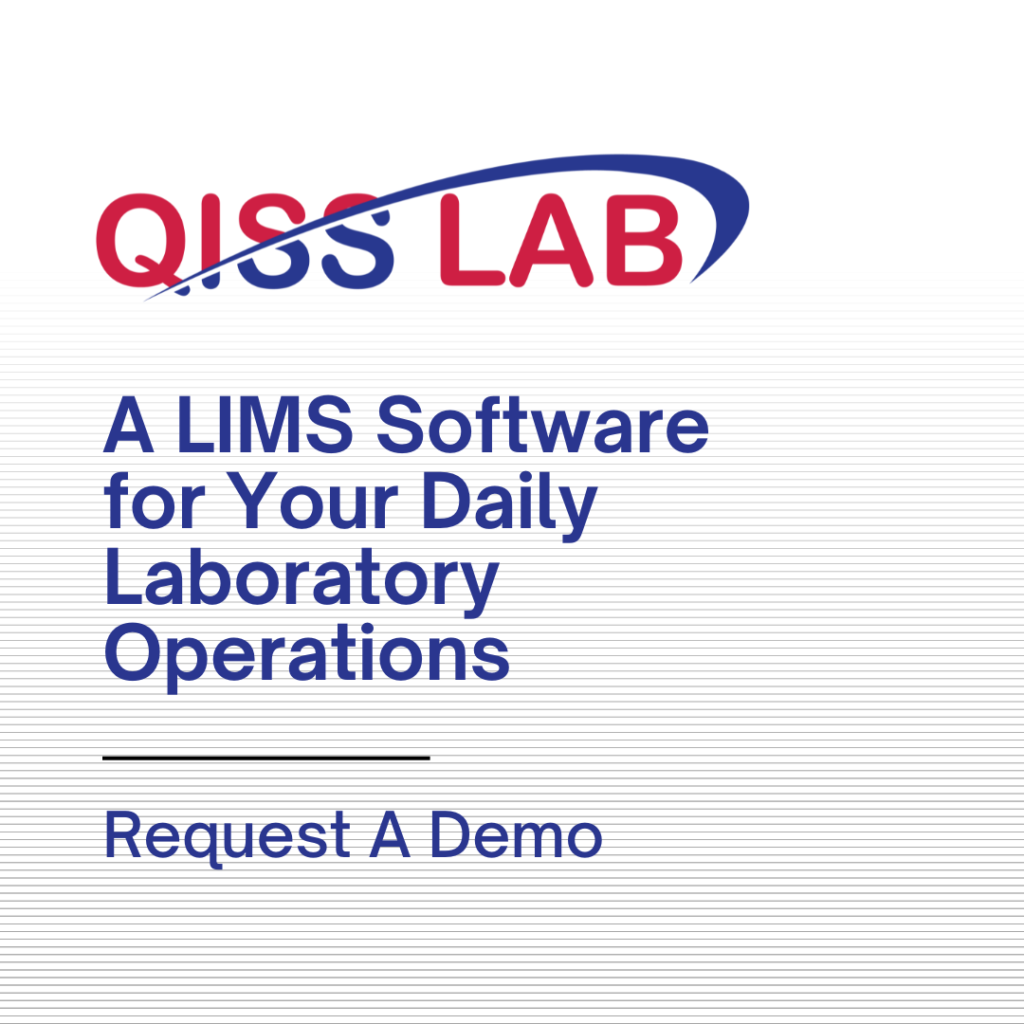Before we delve into finding the five core elements of ISO 14001, it will be a good idea to understand what ISO 14001 is. ISO 14001 is an environmental management system (EMS) that is globally recognized and generic. That means that we can apply ISO 14001 to businesses of all types. It could be the manufacturing or the service industry.
What is the core concept of ISO 14001?
ISO 14001 seeks to provide a structured and systematic framework for organizations to follow the best practices to control and mitigate the environmental impact of their business activities.
Achieving ISO 14001 certification will demonstrate your organization’s efforts to reduce environmental impacts by reducing waste, using resources efficiently, and contributing to the sustainability of resources.
Embarking upon ISO 14001, the first question that you would have is, “How do I start with the implementation process?”
An Environmental management system (EMS), in line with ISO 14001 requirements, could differ for each company depending on the organization’s current status.
The right approach, therefore, would be to do a gap analysis whereby you compare the requirements of the ISO 14001 standard with the environment management process that you currently have in use.
This gap analysis will quickly show you what you need to do to comply with the ISO 14001 standard.
The second step would be to work on getting full support from management.
A significant part of the process calls for regular management reviews. With this done effectively, you are heading towards success in the certification audit.
You will need Management support for the resources that will have to be provided regarding investing in human resources and technology.
What are the Core 5 elements of ISO 14001?
The five pillars on which your ISO 14001 environmental management system will be built are:
- A Strong Policy: The environmental Policy would address the specific impacts of your business activities and the desired goals and objectives of your stakeholders.
- Resource Support: Your organization will need to provide the resources for implementing the EMS in terms of human resources and money.
- Training: The environmental management team must be well trained with good training programs and stay focused on the developments in the requirements of the ISO 14001 standard.
- Corrective and Preventive Action: Regular Monitoring of the EMS Program has to be carried out, and any deviations must be rectified.
- Management Review: This ties the last string in the loop and regular management reviews, looks at the progress of the environmental management system, and drives the organization to comply with the environmental regulatory requirements. Any non-conformances against ISO 14001 have to be resolved.
The above gives a topline requirement of the ISO 14001 standard.
Coming to the question of what the ISO 14001 requirements are?
The fundamental elements upon which any environmental system would be built are:
- Legal: You need to understand fully what the legal requirements in your country are so that your EMS is compliant.
- The Environmental Policy: This document needs to come from the top management, and it should give clear direction on how the company will manage its business effect on the environment.
- Objectives: The following document that needs to be in place are the objectives giving the goals that the environmental management system will achieve
- Aspects: These are how your company’s processes interact with the environment. It must be rectified following the standard’s requirements if it has a negative interaction.
- EMS representative: It is always a good idea to appoint a management representative so that the top management is updated on what developments are taking place and that the top management is aligned with the initiatives.
- Gain Knowledge: The subject could be new in the organization; therefore, it is essential to gain knowledge on EMS to implement it successfully.
The ISO 14001 standard has a set of 10 requirements that a company needs to satisfy before being certified to the ISO 14001 environment system standard.
- Approach: Process and Process Approach. The standard starts with the definitions of the terms in clause 1.1
- Process Approach Impact: This is a practical approach that ensures continuity throughout the operation, which creates a link between Policy, requirements, objectives, and end actions to reduce environmental impact.
- The Plan-Do-Check-Act Cycle: The PDCA is a critical part of the EMS as given by ISO 14001:2015 standard.
- Relevance of the organization:
- Satisfying the needs and expectations of relevant parties.
- Determining the scope of the EMS
- EMS: The Standard stipulates that EMS should be developed to achieve continual improvement through the use of 4.1 and 4.2
- Leadership:
- Leadership and Commitment form the cornerstone of the EMS as the top management bears the responsibility for all internal and external performance factors.
- Environmental Policy: The top management develops the Policy.
- Organizational Rules, Responsibilities, and Authorities The top management is responsible for specifying the above and communicating them.
- Planning
- Actions to Address Risk and Opportunities.
The standard states that the organization should establish, implement and maintain the process required. Risks and opportunities have to be considered for an effective EMS. - Environmental Aspect.
ISO 14001:2015 asks organizations to consider carriage, disposal, recycling, and production aspects of their operation as they impact the environment. - Compliance obligation.
- Plan to address its environmental aspects, risks, opportunities and compliance obligations to meet the requirements of the standard.
- Environmental Objectives and planning to achieve them.
- Environmental Objectives: These need to be set at appropriate levels.
- Planning to achieve environmental objectives.
- Actions to Address Risk and Opportunities.
- Support
- Resources: To make sure that the resources are provided
- Competence: The employees should be competent to complete their responsibilities for the EMS.
- Awareness: The employees must understand the Policy and its contents. They should be aware of the current and future impact that may affect their tasks.
- Communication
- General
- Internal
- External
- Documented Information
- General
- Creating and Updating
- Control of documented information. It should be available and fit for purpose.
- Operation
- Operational Control and Planning.
- Emergency Preparedness and Control.
- Performance Evaluation
- Monitoring, Measuring, Analysis and Evaluation.
- General, when handling this clause, the organization should consider its compliance obligations, their impact, and operational Control.
- Evaluation of Compliance.
- Internal Audit
- General: The internal auditors should be independent and not have any conflict of interest.
Determine the frequency of the audit as required. - Management Review: It can be done in high-level management or board meetings.
- Improvement
- General: Action points from Management Review meetings should be addressed.
- Non-Conformance and Corrective Action. Prevention is better than cure, and taking corrective and preventive action, will ensure that a repetition of the non-conformance is avoided.
ISO 14001:2015 is a standard that guides organizations to mitigate environmental risks, reduce environmental impacts, and meet regulatory requirements. Certification to ISO 14001:2015 leads to increasing the reputation of the organization, improves the morale of the employees, and brings financial benefits through reduced waste and improved efficiency in the supply chain while protecting the environment for future generations.
Choose suitable software for your business from QISS essential software list. We are always ready to provide you ISO-based QMS services through QISS QMS software.



